Amit Butani on the 3 pillars fortifying Mumbai Free Duty’s marketing drive
Located at the Chhatrapati Shivaji International Airport, Mumbai Free Duty, the flagship store brand of Mumbai Travel Retail Pvt Ltd, has been catering to the international air travellers with a wide variety of global and premium Indian brands across, liquor, tobacco products, toiletries & cosmetics, food & candies, Apparel & Accessories watches and jewellery, Electronics and Technology and other products, as well as souvenirs.
The company has 17 stores at the Chhatrapati Shivaji International Airport, Mumbai, including four core duty-free stores, one Indian gourmet store and 12 speciality stores with an aggregate retail area of 6,627 square meters.
A year back, in November 2021, embarked on a four-month flagship promotional campaign at the airport aimed at rekindling the “spirit of duty free shopping” as international travel resumed in the post-pandemic times.
In conversation with Adgully, Amit Butani, Vice President - Marketing and Strategic Partnerships, Mumbai Duty Free, speaks about catering to consumer demands in the post-pandemic period, the COVID effect, strengthening their marketing strategy, and more.
How has the year 2022 been for Mumbai duty free? What were the opportunities you received and what were the challenges that you faced?
2022 has been a really exciting year for us in the sense that we all came out of the COVID pandemic, and we are seeing the traffic ramping up month on month. And we are very close to the pre-COVID numbers. And what we see now is the passenger behaviour and propensity to spend – there is a drastic increase in that appetite.
After two years of COVID restrictions, international travel has now opened up. What are your observations on the consumer sentiments?
COVID-19 affected us as a travel retail operator drastically, where there were no international flights. But we saw the spending capacity of passengers open to buying as and when the air bubble flights started. For example, the Maldives sector was the first to start off, so there was a tremendous kind of shopping spree, because that was the first air bubble to start, and so on. More and more flights and sectors have opened up and right now when we talk about airlines coming up, VietJet started its operation, Lord Polish to Poland started his operation, and recently Air Canada started.
I think the sentiment is quite positive around international travel. And we only see this trend moving upwards in terms of behaviour for consumers. I think a lot has changed. They are more susceptible to tech-enabled promotions in terms of QR-based approaches and strategy. People have become more comfortable with the virtual kind of interaction.
What was the idea behind the Shop and Win contest and how was the audience response to it?
The idea behind Shop and Win was, since we are coming out of the pandemic, we thought that there is the need to build up an asset of our own, and Shop and Win was the brainchild that was conceptualised within the management group, where we really want to come back with a big bang for our consumers and give really attractive giveaways. We thought it should not be only restricted to a grand prize, but everyone should get awarded every week, every month, and then have a grand bumper prize. This initiative was received very well and we saw a lot of disruption happening on the floor with a lot of people participating in it. There was a very positive sentiment around.
What are the categories where you are seeing greater traction at Mumbai Duty Free?
Mumbai Duty Free has a lot of return passenger traffic – about 80% of the traffic is people returning back into Mumbai. It is not a transit hub, and propensity towards buying liquor beverages is really high, followed by perfumes and cosmetics and then confectionery. That had been the trend more or less in the pre-COVID times, and that continues to be there post the pandemic. Our focus is also on shifting the consumer behaviour towards luxury and fashion items under the other categories that we are introducing.
What is Mumbai Duty Free’s marketing strategy to attract more customers?
We are going the whole way. It is important to have a very strong communication in store, because that is where the captive audiences are. No one is going to buy a ticket because there’s actual promotion going on in the duty free, but how do we get them at the beginning of the journey. Our strategy is basically based upon three pillars – first, how we can engage more with the consumers; secondly, what all gratification and activities we can do in terms of the retail environment once they are at our store; and third, how do we create a recall within them once they have finished shopping and how do we constantly engage with them. So, that has broadly been the three pillars of marketing. It’s a 360-degree communication, where we go to all the mediums.
How do you deal with the competition in the market?
I think, in terms of competition, we are constantly benchmarking ourselves to what Changi is doing or what Dubai is doing, or what Frankfurt and Heathrow are doing. But we want to stay away from them and do really unique innovative campaigns and enable our customers as they are totally different. We are trying to do a lot of tech innovations. At one point, we are doing a lot of competitive benchmarking with these airports, but at the same time, we are also investing in our new, innovative and specifically digitised and tech-enabled strategy. I think that’s the way to go.


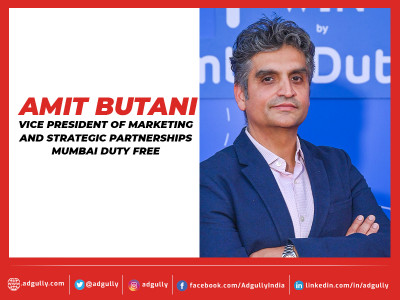

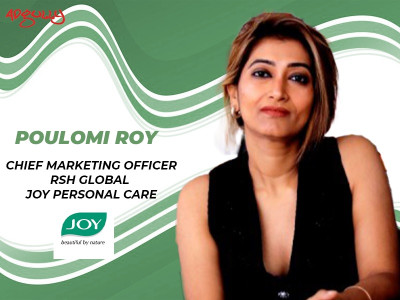
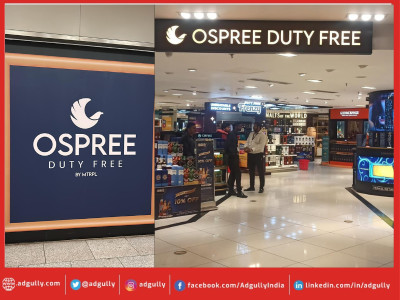




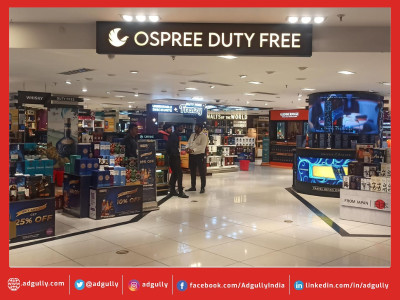
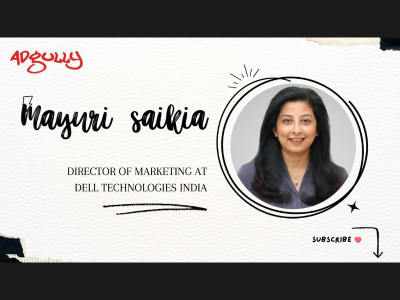
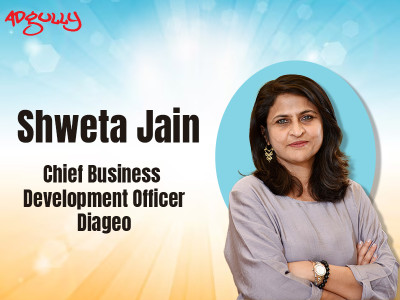
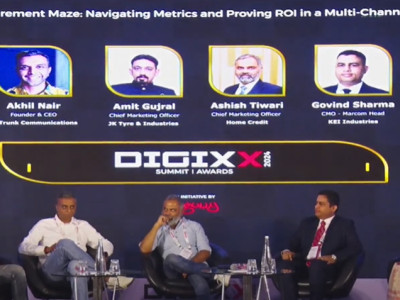


Share
Facebook
YouTube
Tweet
Twitter
LinkedIn